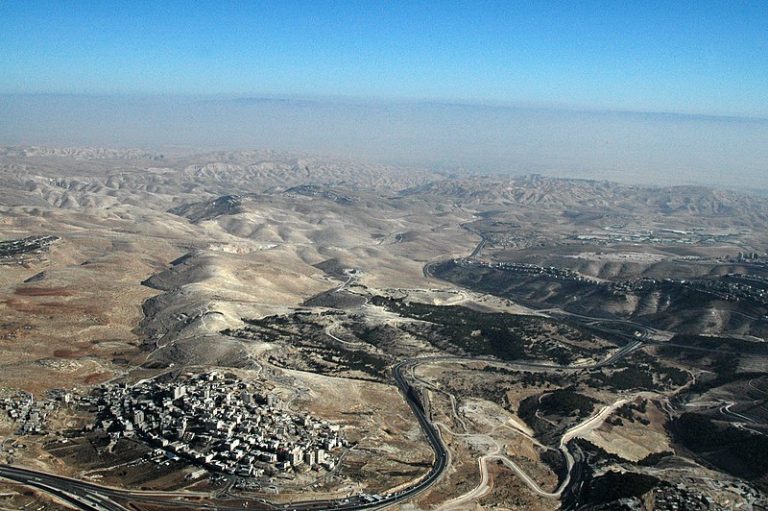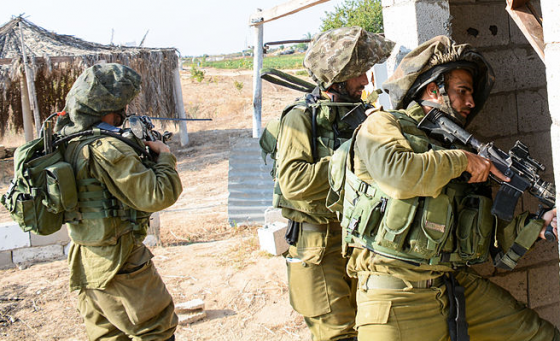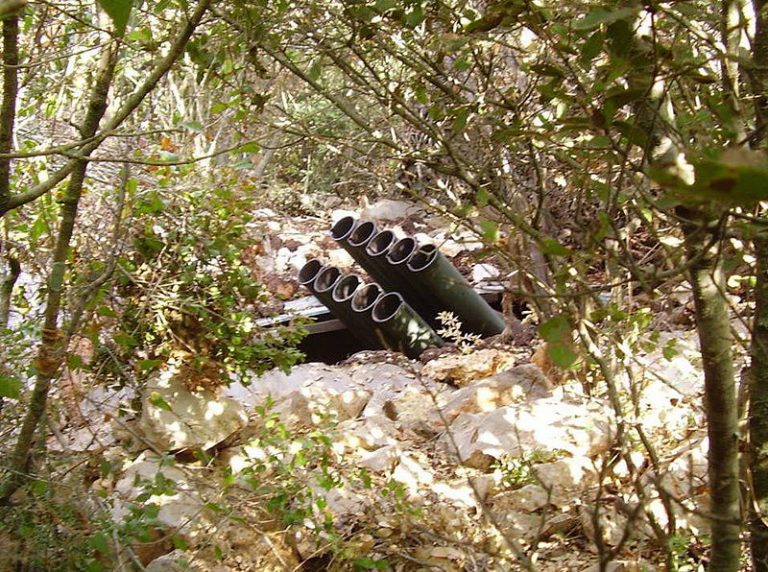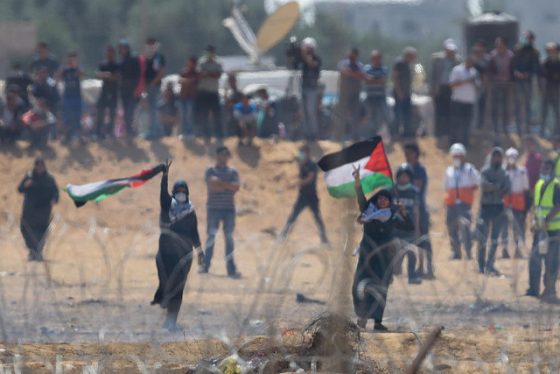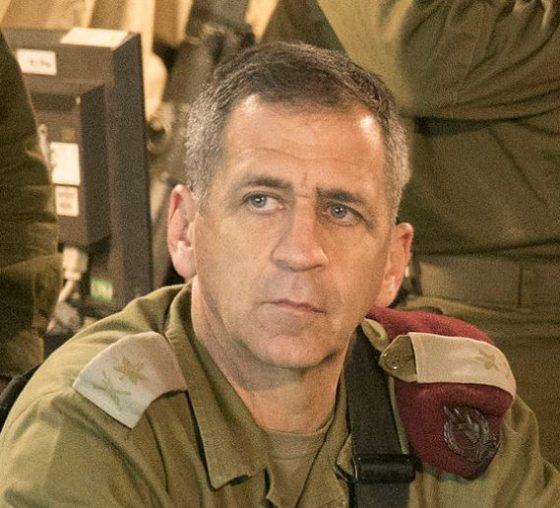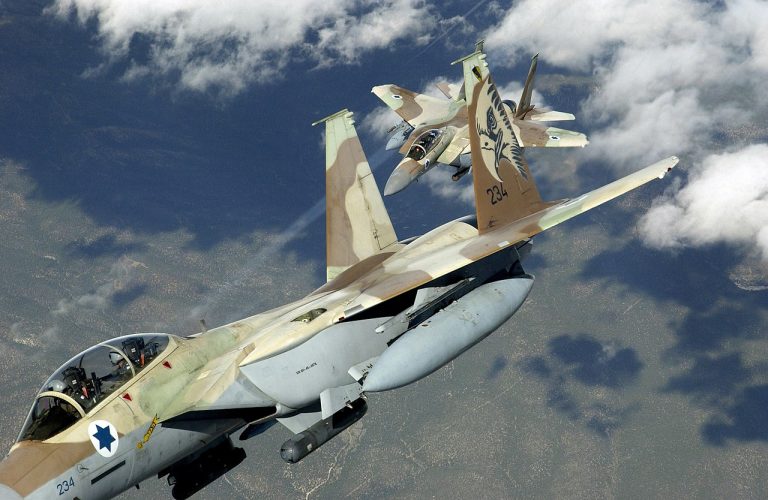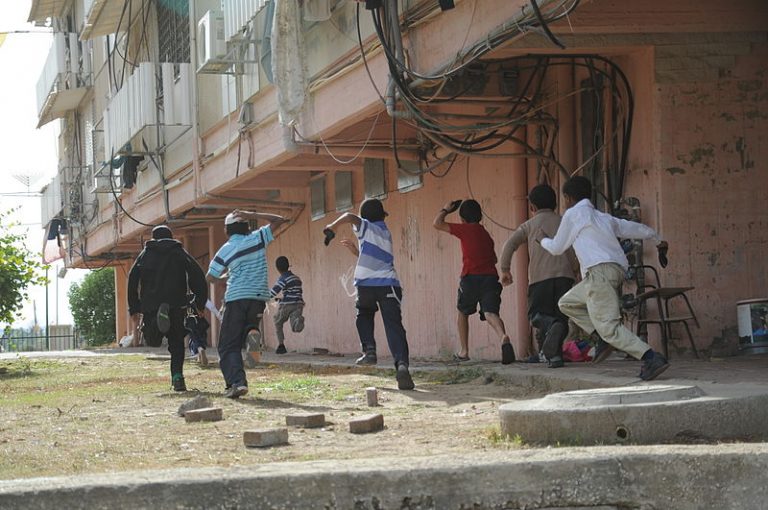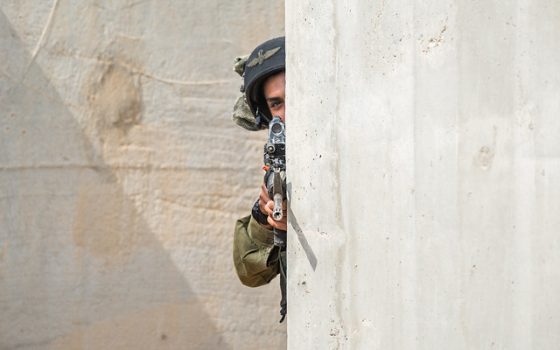
- Lt. Col. (res.) Maxi Y. Blum
- July 16, 2019
- Paper No. 1228
A massive concentration of forces is a disadvantage, not an advantage, in the modern era of asymmetric conflict. Active Protection Systems (APS), by contrast, provide small fighting units with protection and enable them to locate hostiles and discriminate them from the surrounding population. They thus reduce the army’s exposure while increasing its effectiveness.


